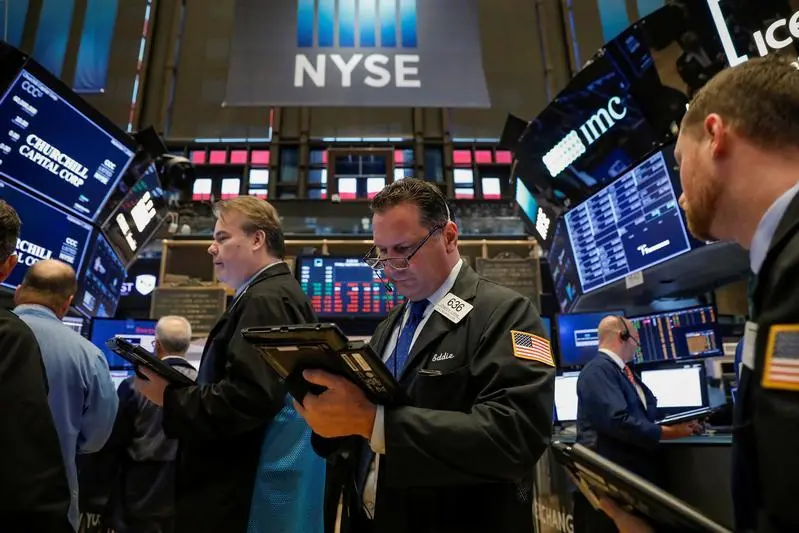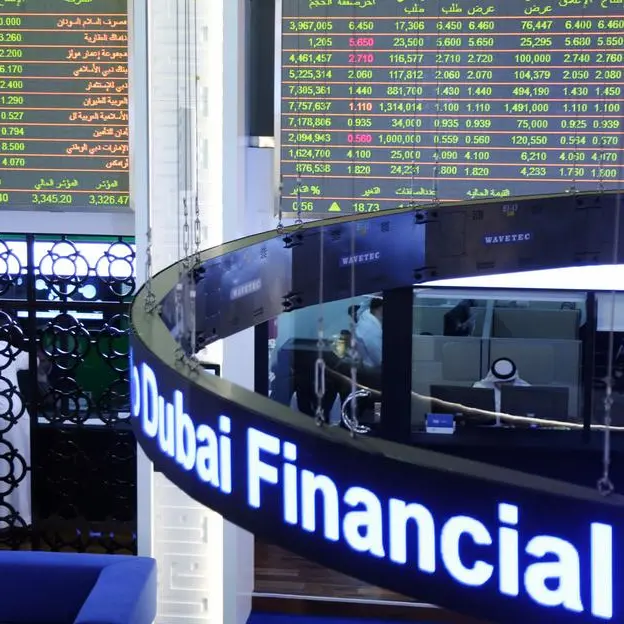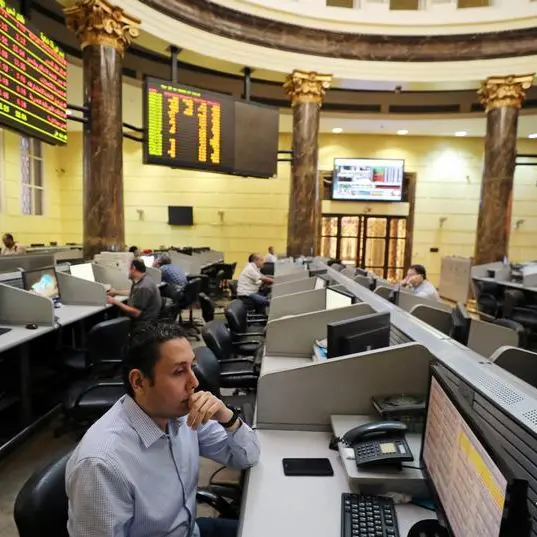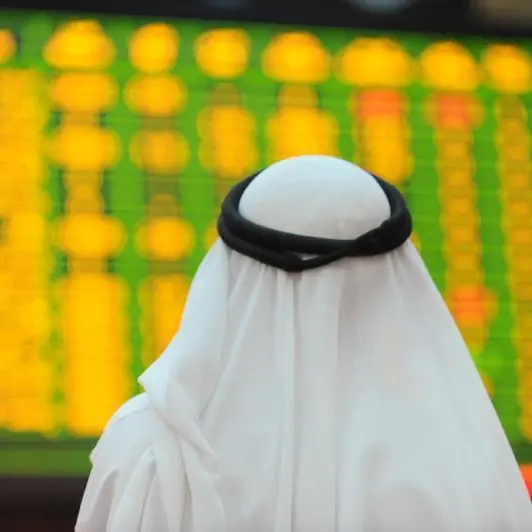PHOTO
NEW YORK - The U.S. bond market’s flashing light has turned from green to red. Treasury yields plunged to a three-month low on Tuesday and gave out a potential recession signal. While low rates have supported the economy and stock market during the recovery, the latest moves suggest troubling weakness.
Bond yields had been ratcheting higher for most of this year, driven by a tax cut-fueled acceleration of growth, the lowest unemployment rate in half a century and a rise in inflation to roughly the central bank’s 2 percent target. That cocktail also helped push leading U.S. stock indexes to record highs in September.
But rates have eased over the past month because of the risks that President Donald Trump’s threat of trade war with China pose to growth. And it doesn’t look like Trump’s weekend meeting with Chinese counterpart Xi Jinping achieved anything. The yield on the Treasury’s benchmark 10-year note has fallen to just over 2.9 percent, effectively nullifying the impact of the Federal Reserve’s quarter-point rate hike in September. That 10-year rate is close to falling below the yield on the Treasury’s two-year note, something that has happened before every recession in the last four decades.
It’s true that bonds have acted as a benign regulator of the U.S. economy for most of the past decade. When growth has flagged, rates have softened, giving the stock market and interest rate-sensitive sectors like housing a boost.
This time could be different. The economy is more vulnerable because trade tensions threaten just as the federal deficit heads toward $1 trillion and corporate indebtedness is at an all-time high. Economists at the New York Fed say the economy’s growth rate has dropped by nearly half a point, to around 2.5 percent, in recent weeks, suggesting tax cuts might have produced only a sugar high.
Fed Chairman Jerome Powell gave stocks a boost last week when he said interest rates were near a neutral level for the economy. Most analysts still expect him to orchestrate another quarter-point rise at the Fed’s Dec. 19 meeting. But futures markets now suggest investors are pricing in only one more hike in 2019, down from two a month ago. If the signal from the bond market is right, even that may be a mistake.
CONTEXT NEWS
- The yield on the U.S. Treasury’s benchmark 10-year note fell by nearly eight-hundredths of a percentage point to just over 2.9 percent at 1:10 p.m. EST on Dec. 4, the lowest level in nearly three months.
- The difference between that rate and the yield on the Treasury’s two-year note fell to just over one-tenth of a percentage point, the lowest level since June 2007.
(Editing by John Foley and Martin Langfield)
© Reuters News 2018












